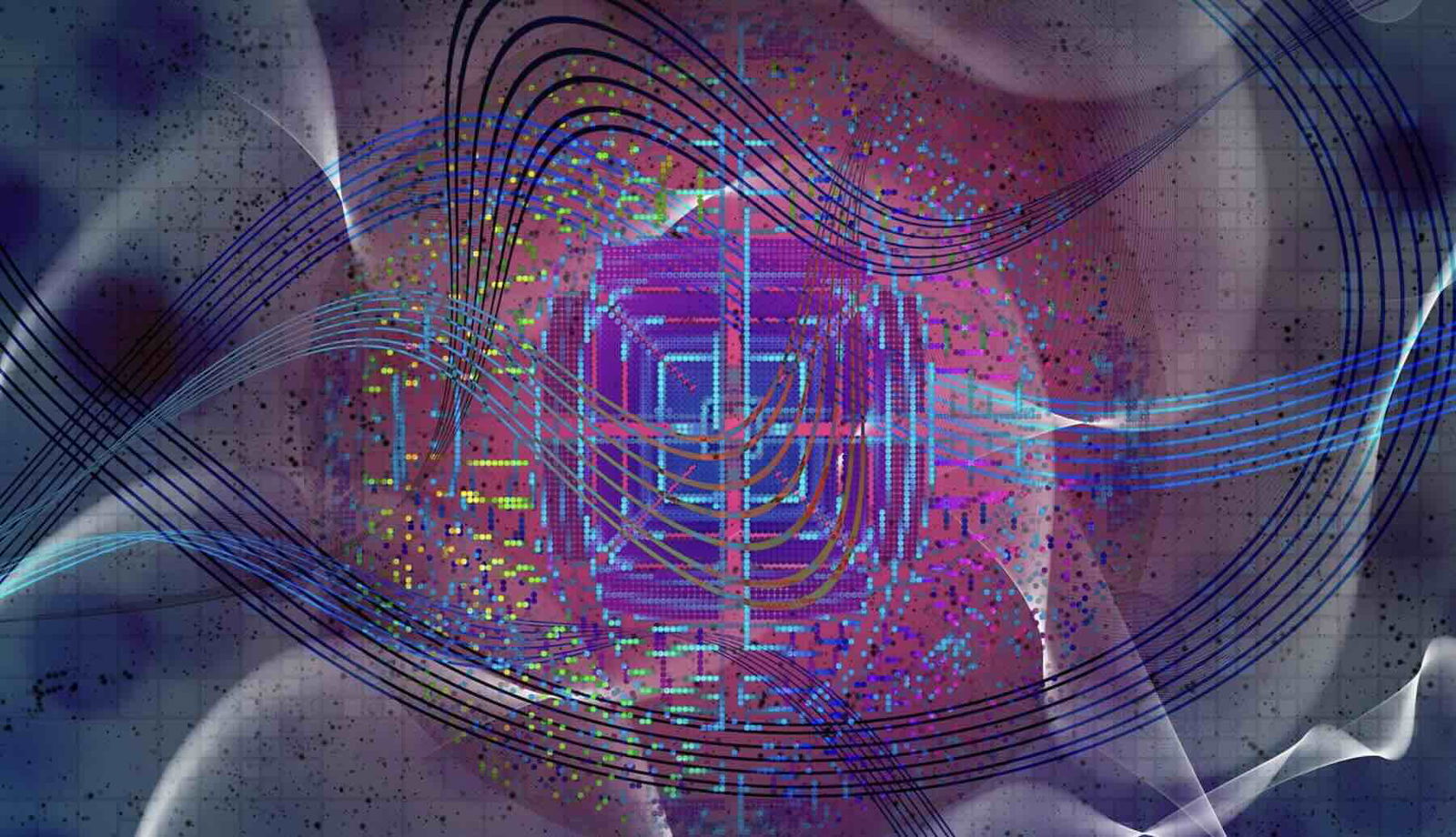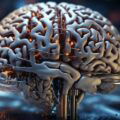In a new study published in Scientific Reports, researchers have successfully simulated particle creation in an expanding universe using IBM’s advanced quantum computers. This achievement marks a significant step in using digital quantum simulations to explore complex cosmological phenomena.
While scientists have long sought a comprehensive quantum theory of gravity, they’ve faced numerous challenges. However, an alternative approach known as quantum field theory in curved spacetime (QFTCS) offers valuable insights. QFTCS treats spacetime as a classical backdrop, governed by Einstein’s theory of general relativity while considering matter and force fields within it as quantum systems. This hybrid framework allows physicists to study quantum effects in dynamic, curved spacetimes without needing a full theory of quantum gravity.
“I believe quantum computing has a promising future for advancing research in physics,” Marco Díaz Maceda, the study’s lead author and a graduate student at Universidad Autónoma de Madrid said in a recent statement. “This research represents a fascinating intersection of these two fields, making it a natural and inspiring choice for me.”
Overcoming Challenges with Quantum Computers
Today’s quantum computers operate in what is known as the “noisy intermediate-scale quantum” (NISQ) era. These devices, while powerful, are prone to errors due to environmental noise and limited qubit counts. Traditional quantum error-correcting codes require large numbers of qubits, making them impractical for current hardware.
Instead, the researchers employed error mitigation techniques to improve the accuracy of their simulations.
“We used only four qubits, one for each possible state of the field,” Maceda explained. “However, since our circuit involved a large number of quantum gates, errors accumulated throughout the execution. To obtain reliable results, we applied error mitigation techniques, which helped improve the fidelity of our computations.”
Simulating Particle Creation
In flat spacetime, known as Minkowski space, quantum field behavior is well understood. However, when spacetime curves or expands, as it did during the early universe’s inflationary period, the vacuum state can become excited, leading to the creation of new particles.
To simulate this phenomenon, the team used the Friedman-Lemaître-Robertson-Walker (FLRW) metric, which describes a uniform and constantly expanding universe. They used a modification of a special equation called the Klein-Gordon equation to reflect the effects of curved spacetime.
The key to their simulation was the use of particular mathematical tools that relate the field’s initial and final states and help calculate the number of particles created.
“The first step in designing the quantum circuit was to determine the time evolution operator of the system,” Maceda said. “This was achieved by relating the initial and final states through Bogoliubov transformations.”
By encoding the quantum field states into qubits and mapping the system’s time evolution onto quantum gates, the researchers effectively simulated particle creation.
They also applied a technique called zero-noise extrapolation (ZNE) to mitigate errors. ZNE involves adding controlled amounts of noise to the system, measuring the effects, and extrapolating back to estimate the error-free results.
Implications for Future Research
The study’s simulations successfully demonstrated particle creation in an expanding universe, with results aligning closely with theoretical predictions. Although noise remains a challenge, the research shows that digital quantum simulations are feasible tools for studying complex cosmological processes.
“Our work provides a new way to simulate particle creation in the early universe, offering deeper insights into fundamental processes that shape the cosmos,” Maceda noted.
The researchers believe that as quantum computing technology advances, digital quantum simulations will become even more powerful tools for investigating the universe’s most profound mysteries.
“Digital quantum simulations have already been used by my mentor Dr. Sabín to research topics such as gravitational entanglement, black hole evaporation, and the causal structure of the universe,” Maceda added.
Kenna Hughes-Castleberry is the Science Communicator at JILA (a world-leading physics research institute) and a science writer at The Debrief. Follow and connect with her on BlueSky or contact her via email at kenna@thedebrief.org

